

William Wilmot Corfield (1859 - 27 October 1919) [1] was a British philatelist who was an important figure in Anglo-Indian philately. By his own account, he was an auditor by profession. [2]


William Wilmot Corfield (1859 - 27 October 1919) [1] was a British philatelist who was an important figure in Anglo-Indian philately. By his own account, he was an auditor by profession. [2]
Corfield was born in Birmingham in 1859 and educated at King Edward's School. His mother was Jemima Corfield (nee Randell) who died in 1862. Subsequently, he was the editor in that city of Ye Manual, Birmingham Town Crier and Birmingham Faces and Places [1] [2] and he was a friend of George Bernasconi.
Corfield started to collect stamps aged six and later acquired his brother, Winter's, collection after Winter died following an accident on a cricket pitch. [3]
In 1886 and also in 1893, Corfield travelled to India where he subsequently became Editor of The Philatelic World (1894 to 1897) and the Philatelic Journal of India. At different times the Hon. Secretary, Treasurer and Vice-President of the Philatelic Society of India (1897-1909). He was also Curator of the Indian National Stamp Collection at Victoria Museum, Calcutta. While in India, Corfield wrote topical verses under the pen name Dâk dicta which appeared in the Indian press, Dak being the Hindi equivalent of "post office". He was active in the Calcutta Historical Society. [1] [4]
Corfield returned to Britain permanently in around 1910 or 1911. He was already a member of the Royal Philatelic Society London from 1899 and of The Fiscal Philatelic Society. He was also a member of the Hertfordshire society, The Junior Philatelic Society (now the National Philatelic Society and the International Philatelic Union. He became closely associated with the Philatelic Congress of Great Britain. He was for a short time Editor of The London Philatelist. He was active in the National Philatelic War Fund and was credited by The London Philatelist with suggesting the design of the souvenir sword of justice stamp produced for the fund. He wrote the obituary of noted Indian philatelic specialist Sir David Parkes Masson in The London Philatelist. [5]
Corfield campaigned for the Tapling Collection to be brought up to date so as to become the British national stamp collection but this ultimately proved impossible due to the terms under which the Tapling Collection had been donated and the scarcity of some of the material missing from it. [6]
Corfield died on 27 October 1919 at Sydenham, South London. He was survived by his wife and daughter. [1]

Indian postal systems for efficient military and governmental communications had developed long before the arrival of Europeans. When the Portuguese, Dutch, French, Danish and British conquered the Marathas who had already defeated the Mughals, their postal systems existed alongside those of many somewhat independent states. The British East India Company gradually annexed the other powers on the sub-continent and brought into existence a British administrative system over most of modern-day India, with a need to establish and maintain both official and commercial mail systems.

The native states of India, also known as feudatory or princely states, were typically vassals under a local or regional ruler who owed allegiance to the British Raj. There were about 675 native states in all but many were not parts of British India proper because they never become possessions of the British Crown; rather, they were tied to it in a system of subsidiary alliances. Following the Partition of India in 1947, the suzerainty of the Raj was terminated and native states had to choose between independence or formal accession by either India or Pakistan. In practice, all of the native states had acceded or been annexed by the end of 1949.

The Royal Philatelic Society London (RPSL) is the oldest philatelic society in the world. It was founded on 10 April 1869 as The Philatelic Society, London. The society runs a postal museum, the Spear Museum of Philatelic History, at its headquarters in the City of London.

Thomas Keay Tapling was an English businessman and politician. He played first-class cricket and was also an eminent philatelist who formed one of the greatest stamp collections of his era.
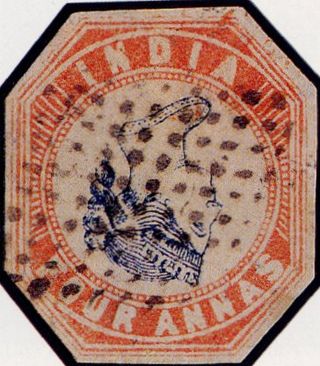
The Inverted Head Four Annas of India is a postage stamp prized by collectors. The 1854 first issues of India included a Four Annas value in red and blue. It was one of the world's first multicolored stamps; the Basel Dove preceded it by nine years. However, an invert error occurred during production, showing the head "upside down."

Edward Benjamin Evans, a British army officer also known as "Major Evans", was a distinguished philatelist, stamp collector, and philatelic journalist. His philatelic specialization included Mauritius, the Confederate States of America, the Mulready envelopes, and the Indian feudatory states.
Evelyn Arthur Smythies, CIE, was a distinguished forester and philatelist, born of British parents in India. Smythies was an expert on the ecology of Uttarakhand and Nepal. His careful studies of the earliest postage stamps of India, Jammu and Kashmir, Nepal, and Canada produced groundbreaking handbooks on which philatelists rely, even today.

Sir Edward Denny Bacon was a British philatelist who helped with the enlargement and mounting of collections possessed by rich collectors of his time and became the curator of the Royal Philatelic Collection between 1913 and 1938.

The Roll of Distinguished Philatelists (RDP) is a philatelic award of international scale, created by the Philatelic Congress of Great Britain in 1921. The Roll consists of five pieces of parchment to which the signatories add their names.

Percy George de Worms was an English aristocrat and philatelist.
The Universal Postal Union Collection is a deposit by the General Post Office (GPO) in the United Kingdom, under section 4 of the Public Records Act, of its duplicate Universal Postal Union collection of 93,448 stamps, covering the period from 1908.
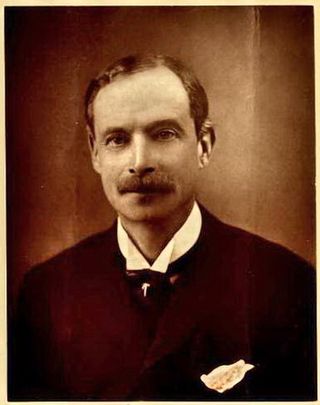
Marcellus Purnell Castle, known as M.P. Castle, was a British philatelist who was President of the Royal Philatelic Society London from 1913 to 1917, the first editor of The London Philatelist from 1892–1917 and whose name was entered on the Roll of Distinguished Philatelists as one of the "Fathers of philately". He was also awarded with the Lindenberg Medal in 1909.
Henry Haslett was one of the small group who met regularly at the Rev. Stainforth's Rectory that formed the nucleus from which The Philatelic Society, London, subsequently The Royal Philatelic Society London, was formed. He may therefore be called one of the first philatelists.

William Amos Scarborough Westoby M.A. (1815–1899) was an English philatelist who was one of the "Fathers of Philately" entered on the Roll of Distinguished Philatelists in 1921. His obituary in The London Philatelist stated that he had "...fairly earned the title of the Grand Seigneur of Philately." By profession, Westoby was a barrister of Lincoln's Inn.
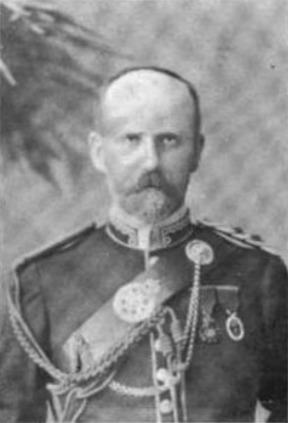
Sir David Parkes Masson was a British philatelist, who was one of the "Fathers of Philately" entered on the Roll of Distinguished Philatelists in 1921. He was a wealthy banker in India, owned large estates in Malaysia, served as a British military officer, and held a number of important public offices in British India.
Charles Stanhope Foster Crofton was a British philatelist and a member of the Indian Civil Service.
The Philatelic Society of India (PSI) was formed in 1897 by a group of, mainly, expatriate Englishmen resident in the country as the first all-India philatelic society. During its first fifty years the society included most of the important Anglo-Indian philatelists and had a particularly strong publications record with two award-winning books. The society meets every first and third Saturday at the Mumbai G.P.O., convened by Dhirubhai Mehta, President, and D.M. Pittie, Hon. Secretary.
Lionel Edward Dawson (1887–1976) was a philatelist who won the Crawford Medal from the Royal Philatelic Society London for the paper The One Anna and Two Annas Postage Stamps of India, 1854-55. He was an expert on the stamps of India and the Feudatory States and signed the Roll of Distinguished Philatelists in 1961.
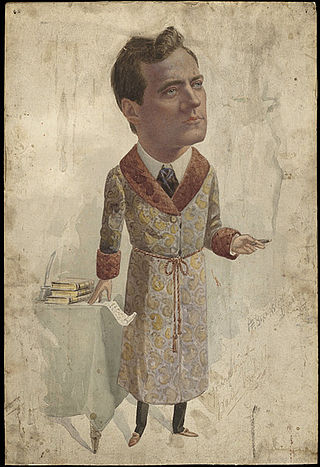
George Henry Bernasconi was a Birmingham artist, the son of George Vincent Bernasconi, and of the same family as Francis Bernasconi.
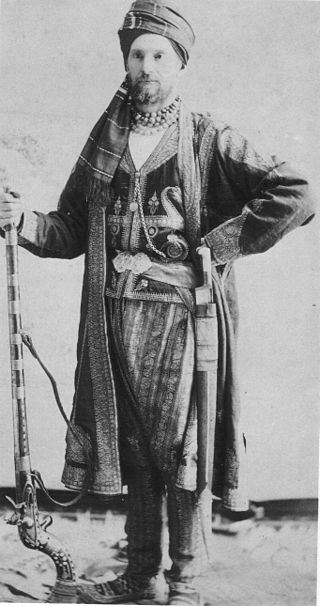
Federico Peliti was a baker, confectioner, hotelier, manager of restaurants in Shimla and Calcutta, and an amateur photographer in British India. His restaurant in Shimla, Peliti's, was very popular and finds mention in numerous writings of the period including those by Rudyard Kipling. A collection of his photographs documenting British Indian life was published in Turin in 1994. He received a bronze medal from the French government in 1889 which entitled him to the title of Chevalier.